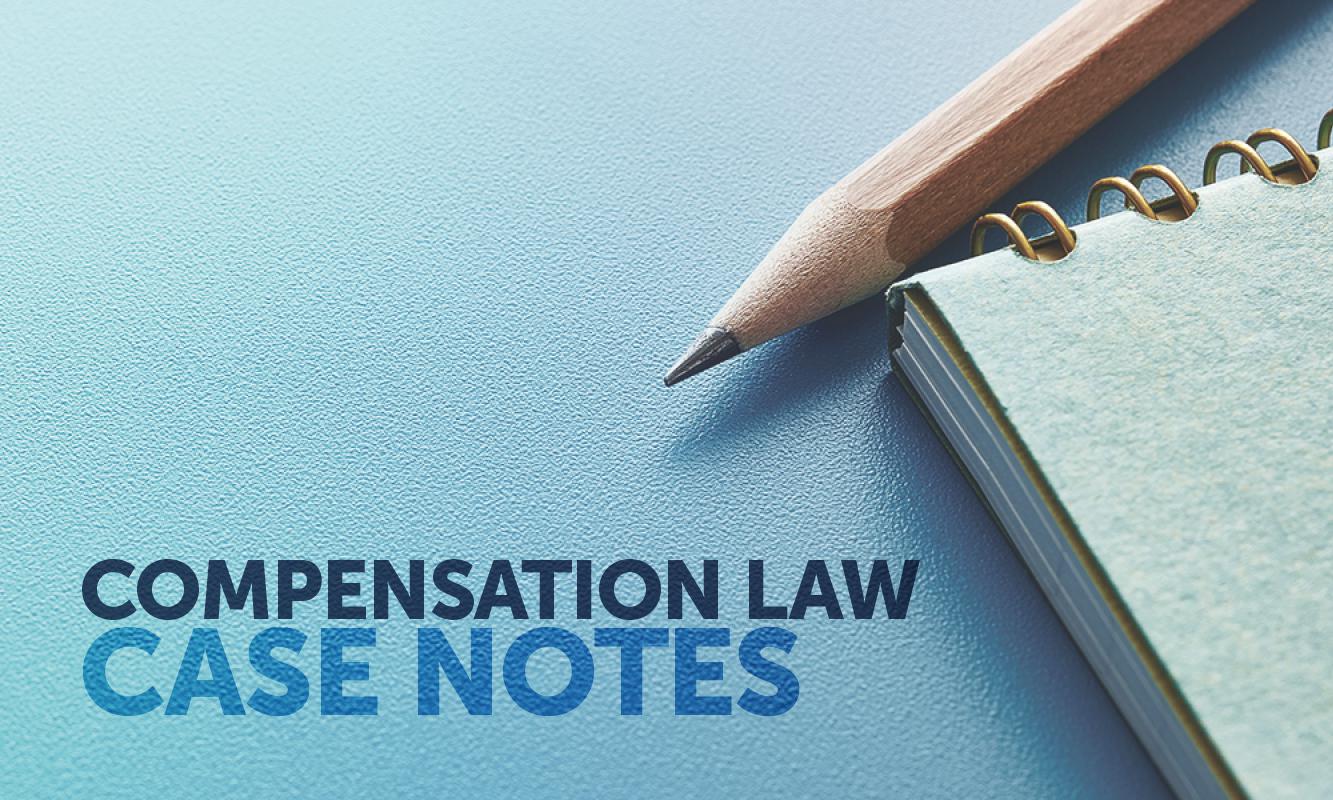…park maintained by the defendant – stepped into a concealed hole – lack of observation of surrounds – whether the defendant maintained the park
On 15 October 2015, the plaintiff met her daughter and grandchild at a park in Mundingburra, dressed and planning to exercise, as she had done in the past.
The plaintiff arrived before her daughter and was looking at exercise equipment when she noticed her daughter and started walking back towards the carpark.
While walking across a grassed area, the plaintiff stepped (with her left foot) into what she described as a hole, causing her fall, and suffering injuries. The plaintiff was subsequently attended to by two ambulance officers, placed on a stretcher and when she was to be moved, the stretcher toppled over the same hole.
The plaintiff alleged she stepped into a hole that was concealed by grass as she was unable to see it. The defence suggested it was “a slight depression or unevenness”.
The defendant acknowledged that its responsibilities and duties owed to such persons as the plaintiff arose pursuant to the Civil Liability Act 2003 (Qld) (CLA). However, liability was in dispute.
Quantum was agreed by the parties in the sum of $301,603.23.
The issues for determination were:
- whether there was a hole, rather than a slight depression or unevenness
- if there was a hole, whether it created a risk which the defendant was required to take precautionary steps against, and
- if so, were such reasonable precautions taken by the defendant.
Decision
- Defendant liable for the injuries sustained by the plaintiff, and
- judgement for the plaintiff in the sum agreed by the parties, $301,603.23.
Ratio
Responsibilities and duty owed
His Honour considered sections 9, 10, 11, 12, 13, 35 and 36 of the CLA as the provisions relevant to the claim, noting there was a duty owed by the defendant to users of the park, including the obligations to exercise reasonable care to ensure the park was reasonably safe for use, and to take reasonable steps in taking reasonable precautions in respect of risks of harm which were reasonably foreseeable and not insignificant.
Hole or uneven ground?
His Honour found the plaintiff to be an honest and open witness and found the most influential evidence of there being a hole and it being a hazard, was the fact the ambulance officers, being aware of the hole and no doubt having observed it, still found themselves in the situation where the stretcher toppled over due to a wheel falling in the subject hole. His Honour considered that such a degree of destabilisation does not come from unevenness, indentation, or slight depression.
His Honour was satisfied the hole was concealed and that the photographs tendered in evidence clearly exampled the difficulties in discerning a hole, even with its presence known.
Risk of injury
His Honour considered the plaintiff’s outline of argument that there were five factors making the hole hazardous for users of the park. The defendant argued there was no hazard and that it was “uneven land varying about 20 millimetres at most”.
This argument was not accepted, as photographs showed more than uneven land varying about 20 millimetres at most, where a foot could be placed in the hole around ankle deep, and more significantly, the defendant’s own witness estimated the hole at five to six centimetres deep, constituting more than unevenness.
The defendant submitted it was an insignificant depression, but simply a hazard or danger not readily able to be perceived, due to the hole being concealed by grass. His Honour noted that in such situations – citing Brodie v Singleton Shire Council; Ghantous v Hawkesbury Shire Council (2001) 206 CLR 512 (Ghantous) – “…there may be foreseeable risk of harm to persons taking reasonable care for their own safety”. In this regard, his Honour referred to Fuller v Logan City Council, where Judge McGill said:
“[28]… The footpath becomes a particular danger to users, in the nature of a trap, if the grass is short enough so that people are not actually deterred from using it, but long enough to conceal the presence of hazards which might cause them to fall.
[29]… This was a matter mentioned in the joint judgment in Ghantous (supra) at [163]: ‘Certain dangers may not readily be perceived because of inadequate lighting or the nature of the danger (as in Webb v State of South Australia (1982) 56 ALJR 912), or the surrounding area (as in Buckle v Bayswater Road Board (1936) 57 CLR 259), where the hole was concealed by grass). In such circumstances, there may be a foreseeable risk of harm even to persons taking reasonable care for their own safety. These hazards will include dangers in the nature of a “trap”…’.”
His Honour found it was clear that the position of the hole near the carpark gave rise to a foreseeable hazard where users of the park walked across the grass to depart from and return to their vehicles. Additionally, where the hole was concealed as it was, it constituted a risk for which the defendant was required to take precautions and did not.
The inspections from the evidence of the council employees were that there was no indication that they or anyone else had responsibility for inspections of the areas near the carpark, and it was clear there was a lack of any real or serious observation. His Honour concluded the inspections undertaken by the council workers did not include an inspection of the grassed area near the carpark.
The defendant argued on the basis of previous cases that there was no breach of duty, but his Honour thought each case as distinguishable from the present case, particularly finding there was a concealed hole, the council and its employee had not performed any real inspection or observation, and that there was a real distinction to be drawn between those engaging in more strenuous activities, with the obvious risks inhered in such activities, and that of the user of a park, walking over a mown and apparently even surface.
His Honour noted that any argument the plaintiff failed to take any reasonable care for her own safety and wellbeing failed when recognition was given to the finding the hole was concealed by grass.
Breach of duty
In relation to the provisions of section 35 of the CLA, which sets out the principles which apply when deciding whether a public authority has breached its duty, the defendant argued that what existed was a depression of minimal depth concealed by grass and which was barely noticeable. The argument was rejected for the reasons outlined above.
This compensation law casenote appears courtesy of Travis Schultz & Partners (TSP), where the author, Starsha Bohane, is a Lawyer. As part of the firm’s commitment to providing ongoing legal education, TSP practitioners review relevant judgments and prepare case summaries for the legal profession. A free searchable catalogue of compensation law casenotes is available at schultzlaw.com.au/case-summaries (registration required). The full version of the judgments can be found at austlii.edu.au.














Share this article